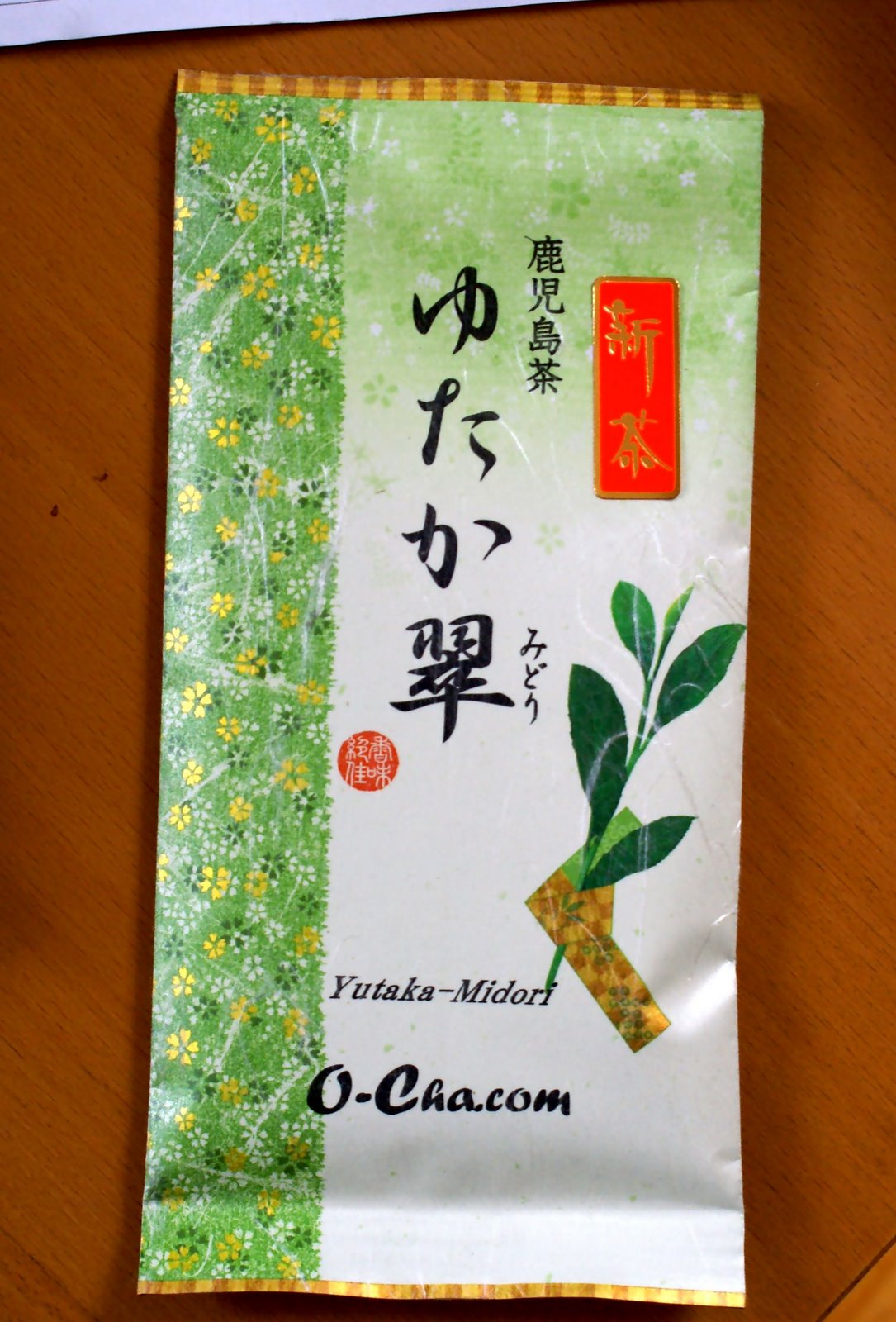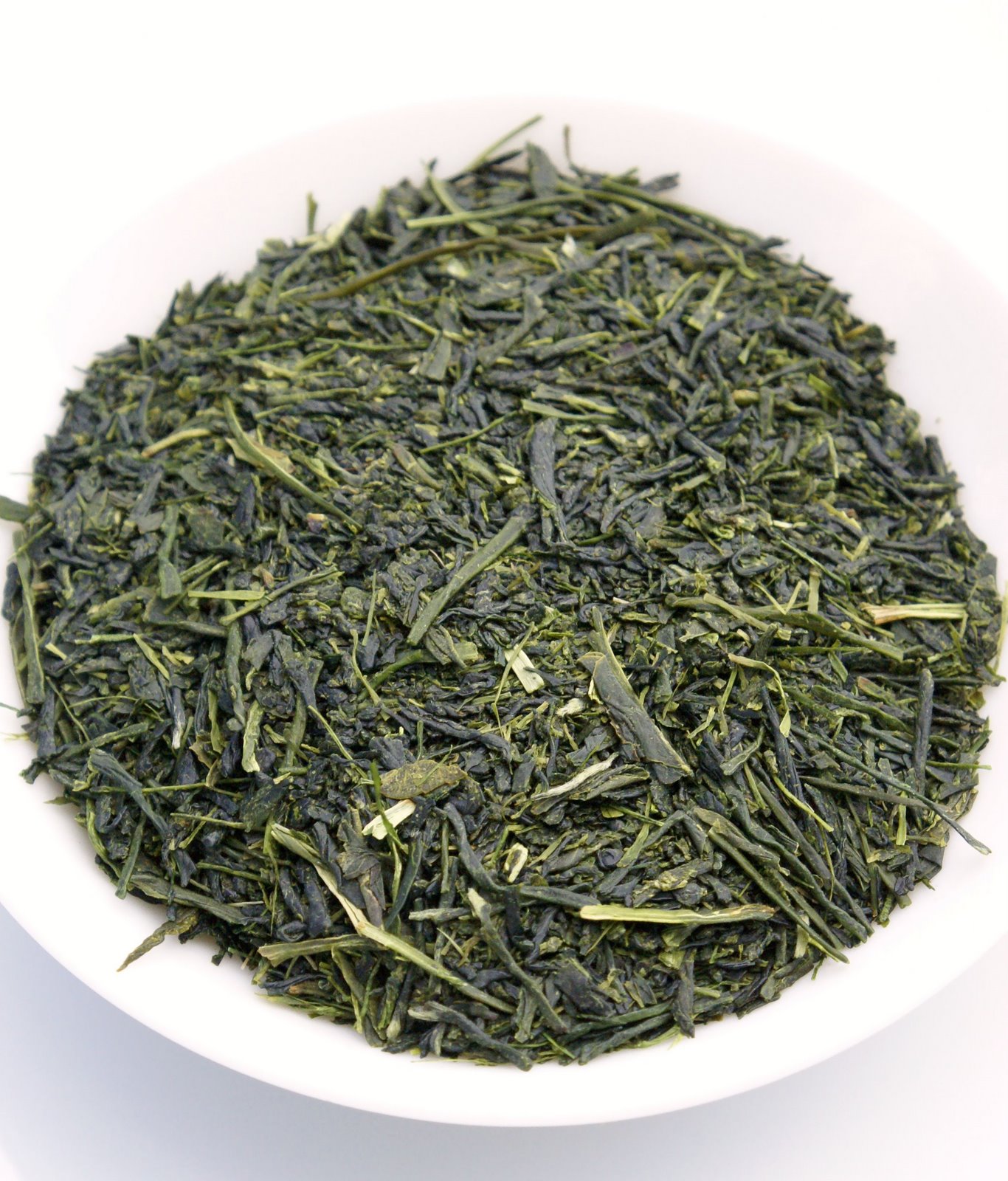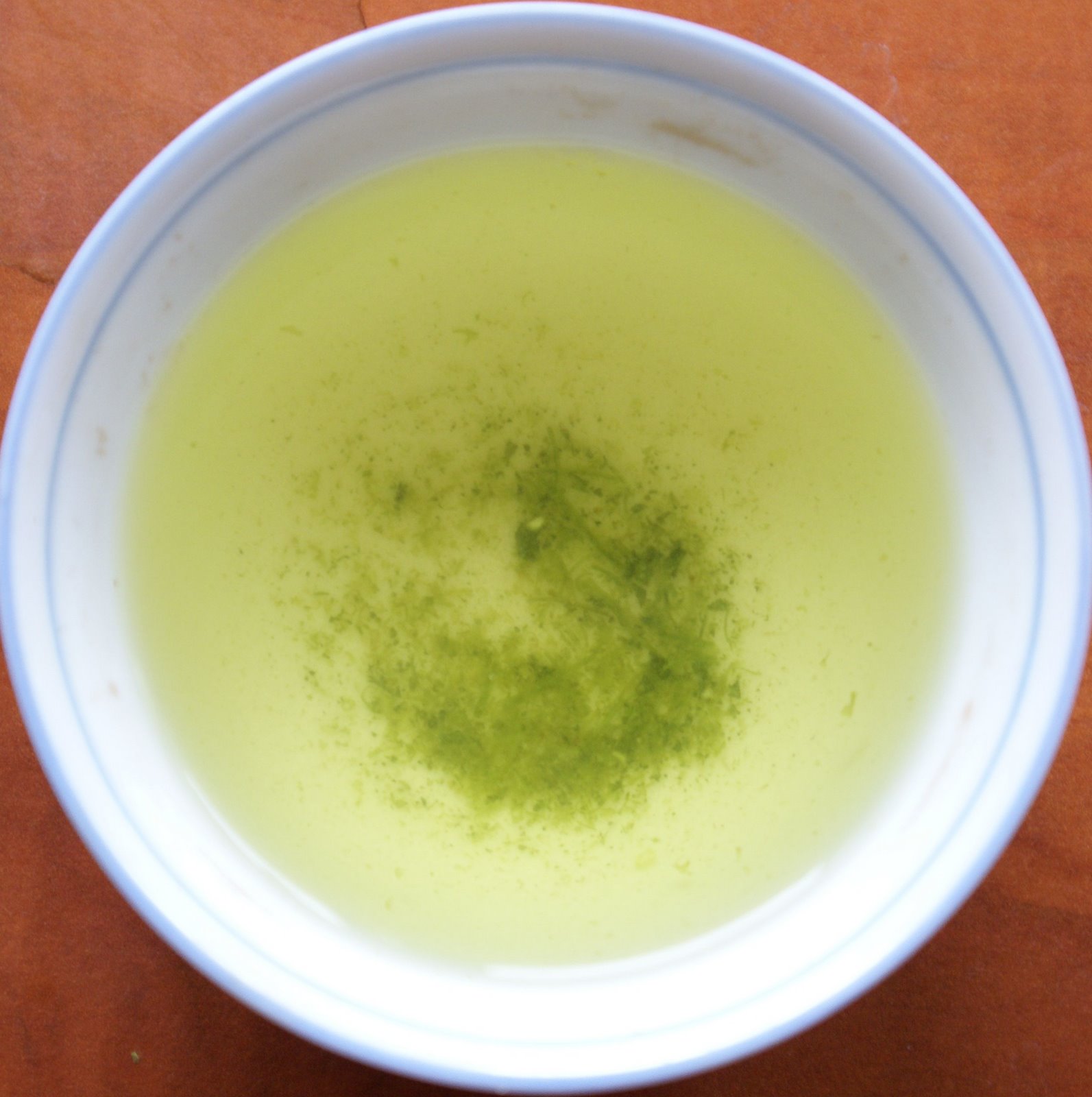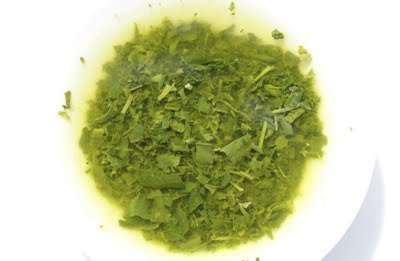(2) 2009 Yutakamidori Shincha
Posted on 30 July 2009
Other posts in this series:
2008 Gyokuro Kame-Jiru-Shi (O-Cha)
2008 Gyokuro Tama Homare (Marukyu)
2008 Kabusecha Takamado (Marukyu)
2008 Karigane Otowa (Marukyu)
2008 Sencha Miyabi (O-Cha)
2009 Shincha Fukamushi Supreme (O-Cha)
2009 Shincha Shigaraki (Marukyu)
2009 Shincha Shuei (Marukyu)
2009 Shincha Uji Gold (Marukyu)
 In the second installment of my Japanese series I have a look at the 2009 Yutakamidori Shincha from reputed online merchant O-Cha. (As an aside, I want to praise their customer service: my original $100+ order went missing somewhere between Japan and Poland, and they’ve replaced it free of charge, even shipping by EMS. It’s the sort of attitude that guarantees a re-purchase there). At $25 / 100g it is priced at the upper middle end of the range for sencha (though objectively expensive).
In the second installment of my Japanese series I have a look at the 2009 Yutakamidori Shincha from reputed online merchant O-Cha. (As an aside, I want to praise their customer service: my original $100+ order went missing somewhere between Japan and Poland, and they’ve replaced it free of charge, even shipping by EMS. It’s the sort of attitude that guarantees a re-purchase there). At $25 / 100g it is priced at the upper middle end of the range for sencha (though objectively expensive).
Other than being a perennial favourite from O-Cha and one of the more consistently high-rating tea among writers and bloggers, the interest of this tea is that it is made with a single tea variety (‘cultivar’, ‘breed’, or ‘tea tree’): Yutakamidori. While Chinese tea is more often than not a single variety product, Japanese teas are frequently blended, and when they’re not, they are predominantly from the hardy Yabukita variety, which accounts for over 80% of plantings in Japan. Yutakamidori is one of the more popular cultivars, responsible for between 3 and 5% (according to various estimates) of tea plantations. It’s a variety typical of southern tea-growing regions: this example is from Kagoshima. Yutakamidori is often described as mild and sweet, yielding a brew that’s less grassy and pungent than Yabukita.

The loose leaf is far more fragmented than the Shigaraki Shincha I reviewed yesterday. While the latter was lightly steamed, leaving the leaf reasonably intact, this Yutakamidori saw a heavier steaming that resulted in more leaf breakage and a fair amount of fannings. O-Cha are classing this as heavy-steamed, but I think it’s more towards medium steaming [chumushi], or perhaps chumushi+ as there is still some intact leaf. The dry leaf smell is very intense and delightfully fruity; from the O-Cha sencha offerings I’ve ordered this year (reviews to follow in the next few days), this is the least tangy, and the fruitiest. There’s also a mild baked bread roast to be discerned when the leaves are warmed in the pot.

Look at the colour: a clear light green-yellow, becoming only partly cloudy in subsequent infusions. It’s another shincha that is, to evoke the descriptor generally used for this class of Japanese tea, not really ‘bold’. As Yutakamidori should be, it is mild, sweet, and fruity. There is never any citric or grassy tang that I associate with tea from other Japanese varieties. Instead, the fruit register centers around melon, papaya and lychee. Later on the palate there is a mealy, grainy, cerealy, perhaps ricey impression that has a bit of umami feel to it. Brewed conservatively at 70C with a minute or so of steeping, it doesn’t really develop much in terms of bitterness or kick. It is a clean, not to say pure, tea that in my experience requires a slightly higher dosage: 2.5 or even 2.8g per 100 ml of water.
It’s a very satisfying tea, a typical chumushi with good texture. But it’s not a monster of expression or intensity: the key characteristic is balance. The high quality is emphasised when you overbrew it: it becomes bitterish and strong, but maintains the same profile and isn’t really unpleasant. It’s the first time I’m tasting this renowned tea from O-Cha, and it’s living up to its fame.

This is chumushi.

